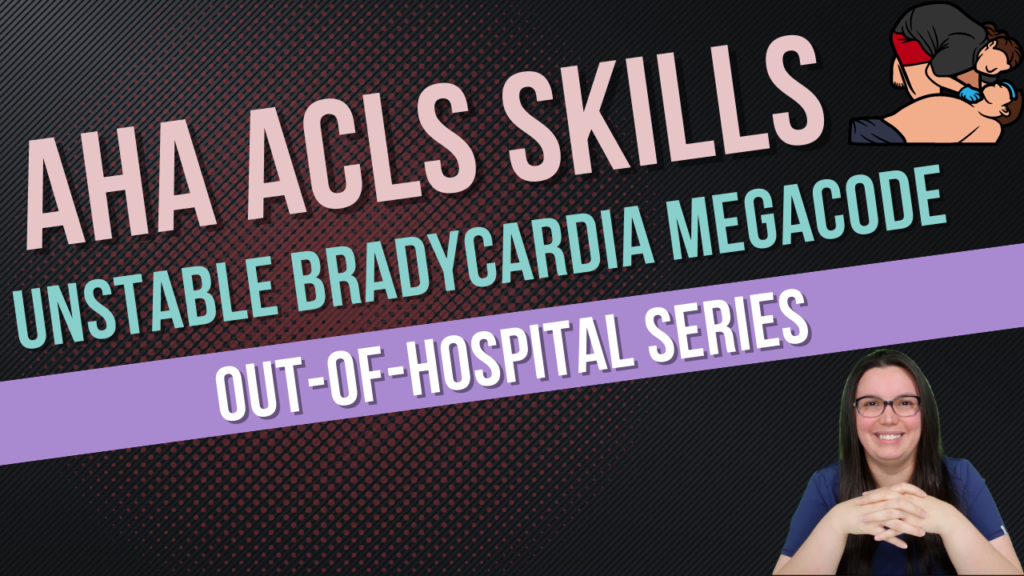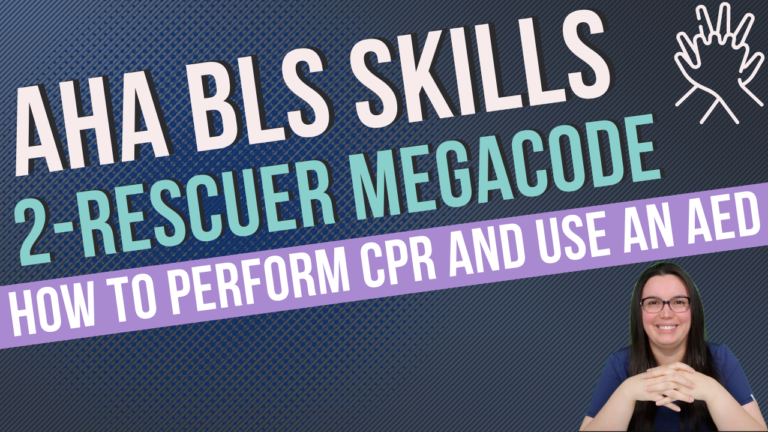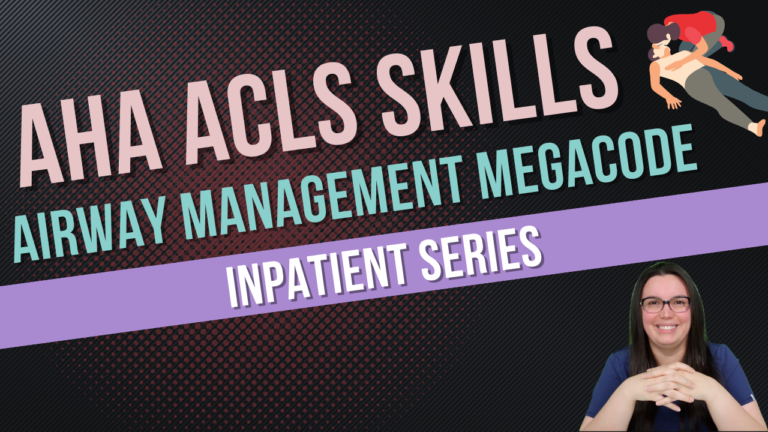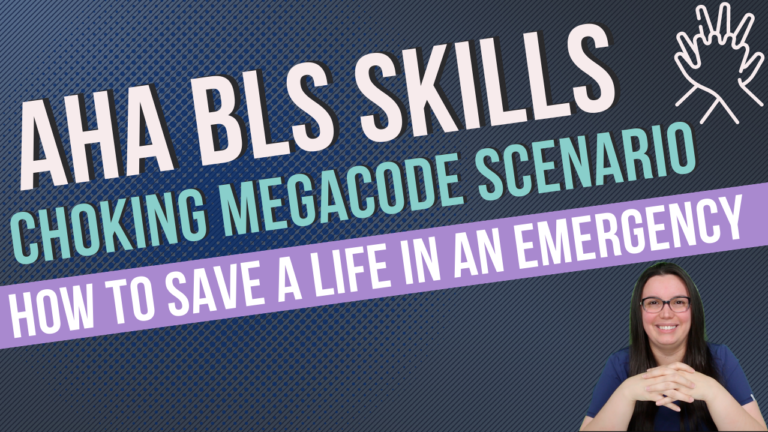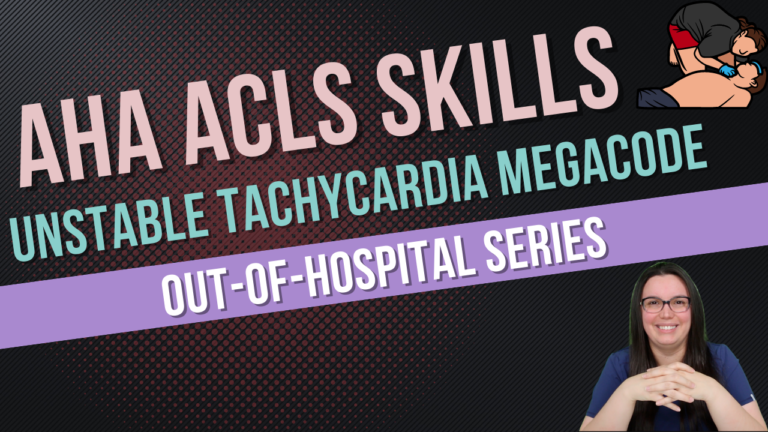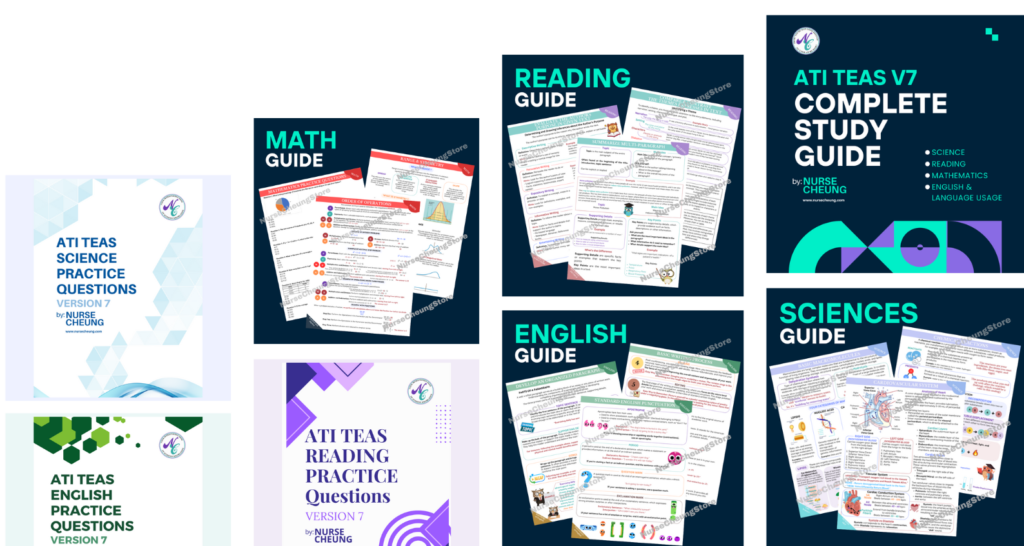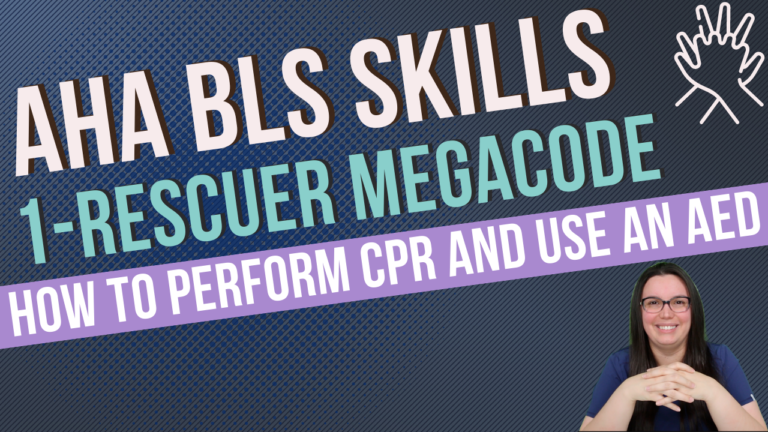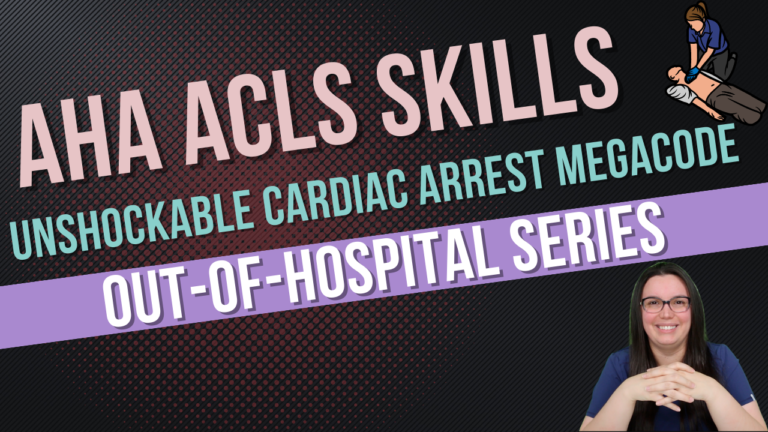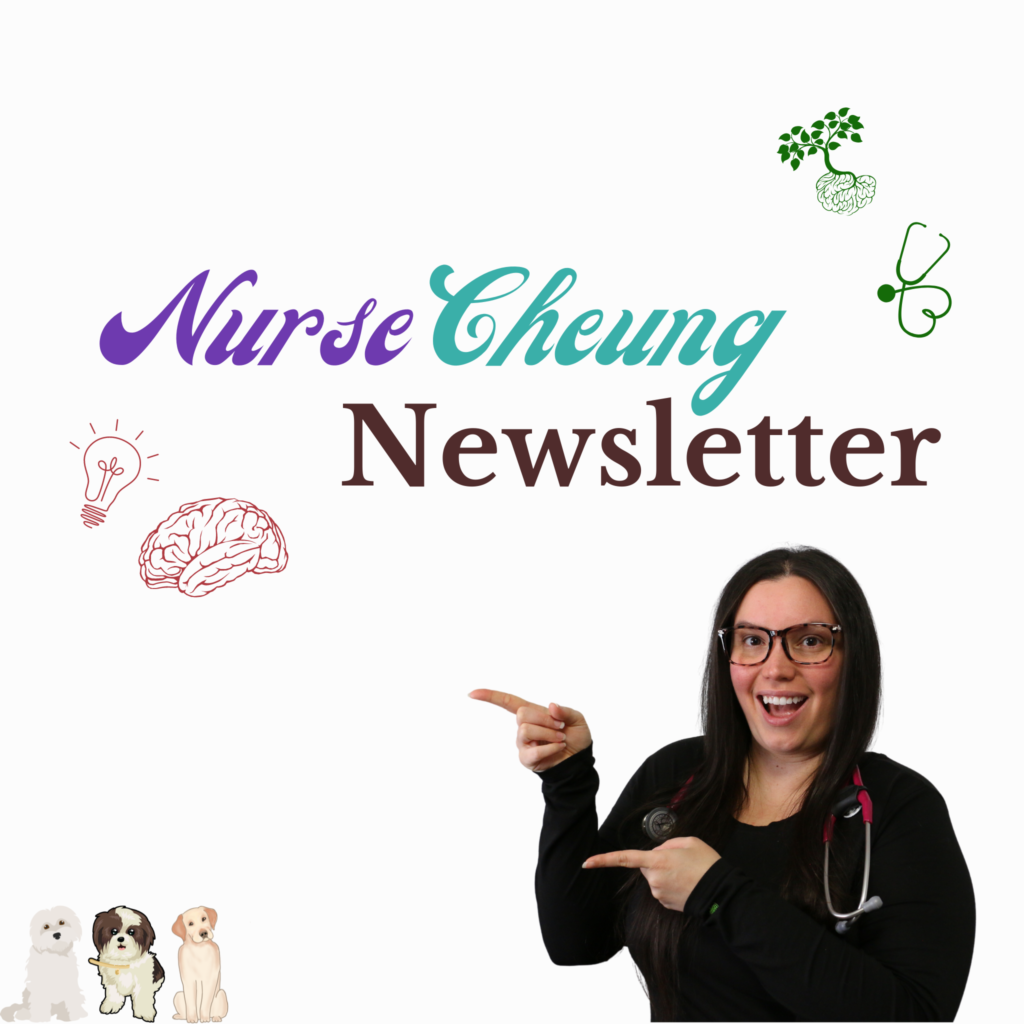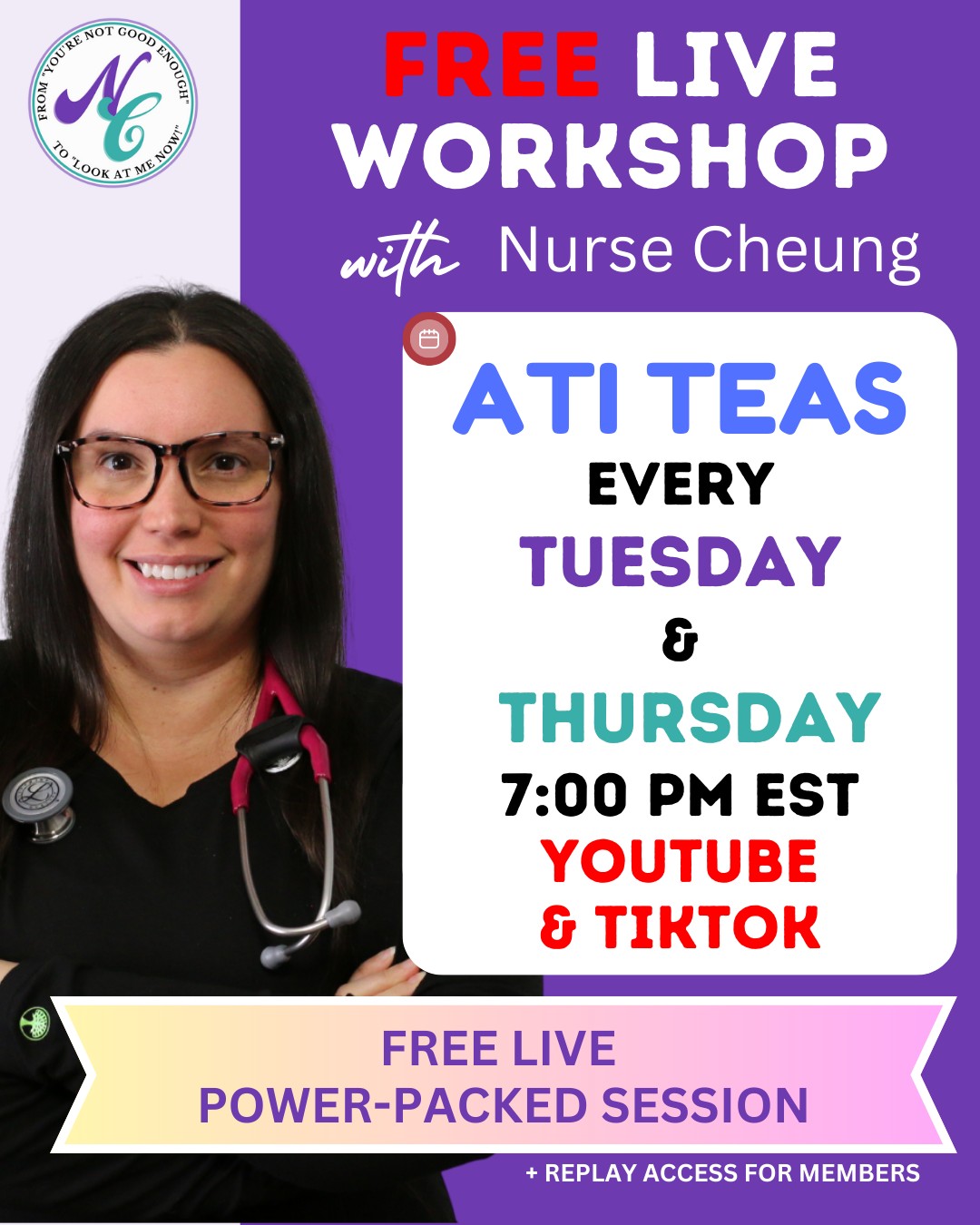In this blog post, we will discuss how to respond to an out-of-hospital ACLS unstable bradycardia megacode. This is a serious emergency situation that requires quick action.
If you are not familiar with the megacode, don’t worry! We will go over the steps that you need to take in order to provide lifesaving care for the patient.
Adult Out-Of-Hospital Unstable Bradycardia Megacode Scenario
The following is a scenario in which you would use the out-of-hospital adult unstable bradycardia Megacode:
You are a paramedic responding to a call of a person with altered mental status.
Demonstrate what you would do next upon arrival
Initial Impression
The 60-year-old male person is sitting upright on a couch. He is disoriented, pale, and diaphoretic.
Primary Assessment Survey (A, B, C, D, E)
Airway: The airway is patent. The flow through the trachea is not impaired.
Breathing: Oxygenation is showing 86% on room air. You provide oxygen 4LNC.
Circulation: Blood pressure is 80/68, heart rate is 40/min, a rhythm check shows third-degree heart block, and the pulse is present but weak.
Disability: Decrease in mental status. Responsive to painful stimulation.
Exposure: No obvious signs of trauma, bleeding, burns, markings, or medical alert bracelet.
Change in Condition
After assessment of the initial impression and primary assessment, the man becomes unresponsive.
What are your next actions?
- Check responsiveness: Tap the shoulders and shout, “Are you okay?” There is no response.
- Activate the emergency response system. You direct the second rescuer to activate the emergency response system and get an AED.
- Check for breathing: Look for visible chest rising and falling. Breathing is present but weak.
- Check for a pulse: Place your fingers on the inside of the patient’s neck, just below the angle of the jaw. You will palpate the carotid pulse for no more than 10 seconds. Pulse is present but weak.
What are your next actions?
- Pulse and breathing is present so we will not begin CPR starting with compressions.
Unstable Bradycardia Algorithm
Identify and Treat the Underlying Cause
- Maintain patent airway, assist with breathing if necessary – Airway is patent and breathing is spontaneous
- Oxygen (if hypoxemic) – person is on 4LNC upon Primary Assessment
- Cardiac monitor, blood pressure, oximetry – Third Degree Heart Block, BP 80/68, 98% on 4LNC
- IV Access – 20 gauge in the right antecubital
- 12-Lead ECG if available and doesn’t delay therapy – Not readily available
- Consider hypoxic and toxicologic causes – Myocardial Ischemia/infarction, calcium-channel blockers, beta-blockers, digoxin, hypoxia, hyperkalemia
Persistent Bradyarrhthmia Causing
- Hypotension? – YES
- Acutely altered mental status? – YES
- Signs of shock (low blood pressure, altered mental status, cold moist skin, weak or rapid pulse, rapid breathing, decreased urine output) – YES
- Ischemic chest discomfort? – Wife states the man experienced chest pain prior to becoming unresponsive – YES
- Acute heart failure (heavy breathing, suffocating sensation, struggle to breathe while lying down, tight chest, arrhythmia, cough, fluid retention, loss of consciousness)? – YES
Interventions
What interventions could you perform next?
- Atropine 1mg bolus – relatively contraindicated in high-degree blocks
If atropine is not effective or contraindicated:
- Transcutaneous pacing – YES
- Dopamine
- Epinephrine
You will begin the transfer to the nearest hospital. Your scenario has concluded.


